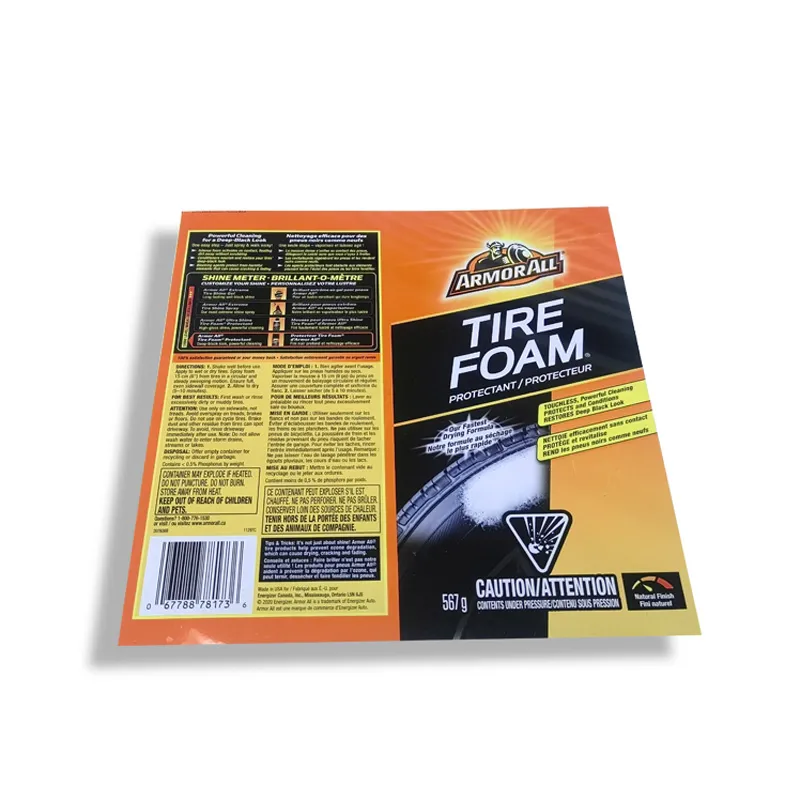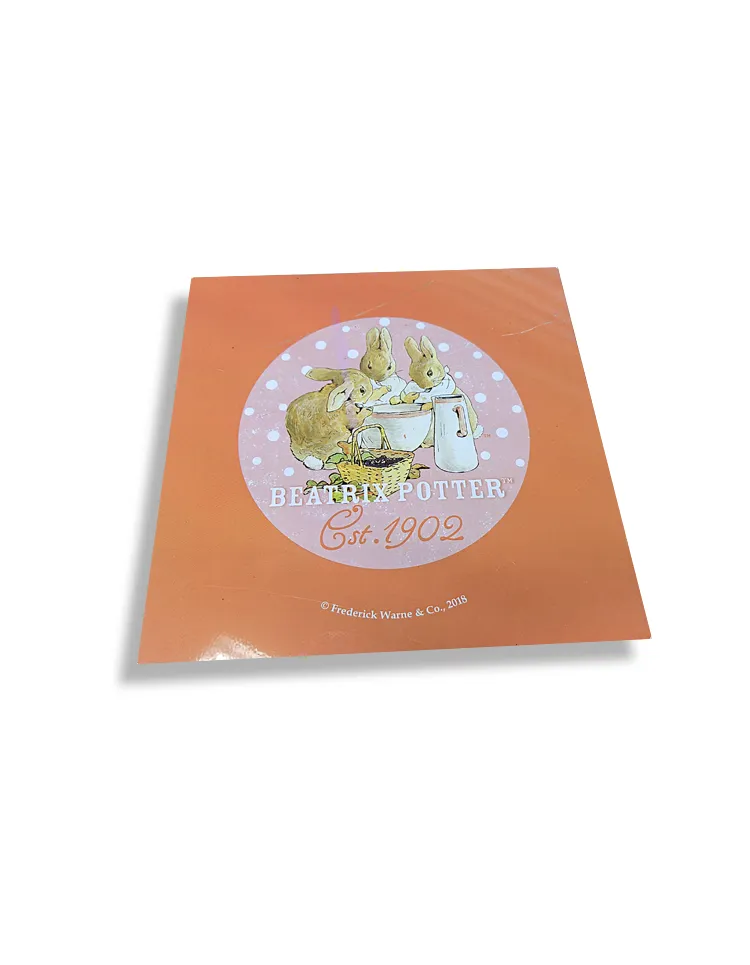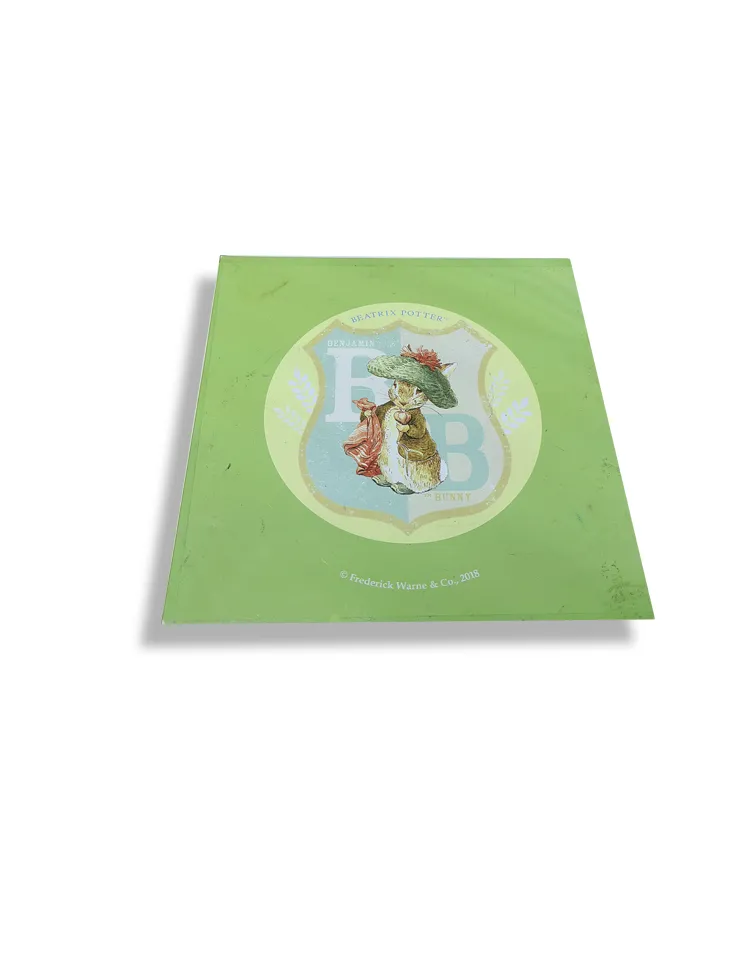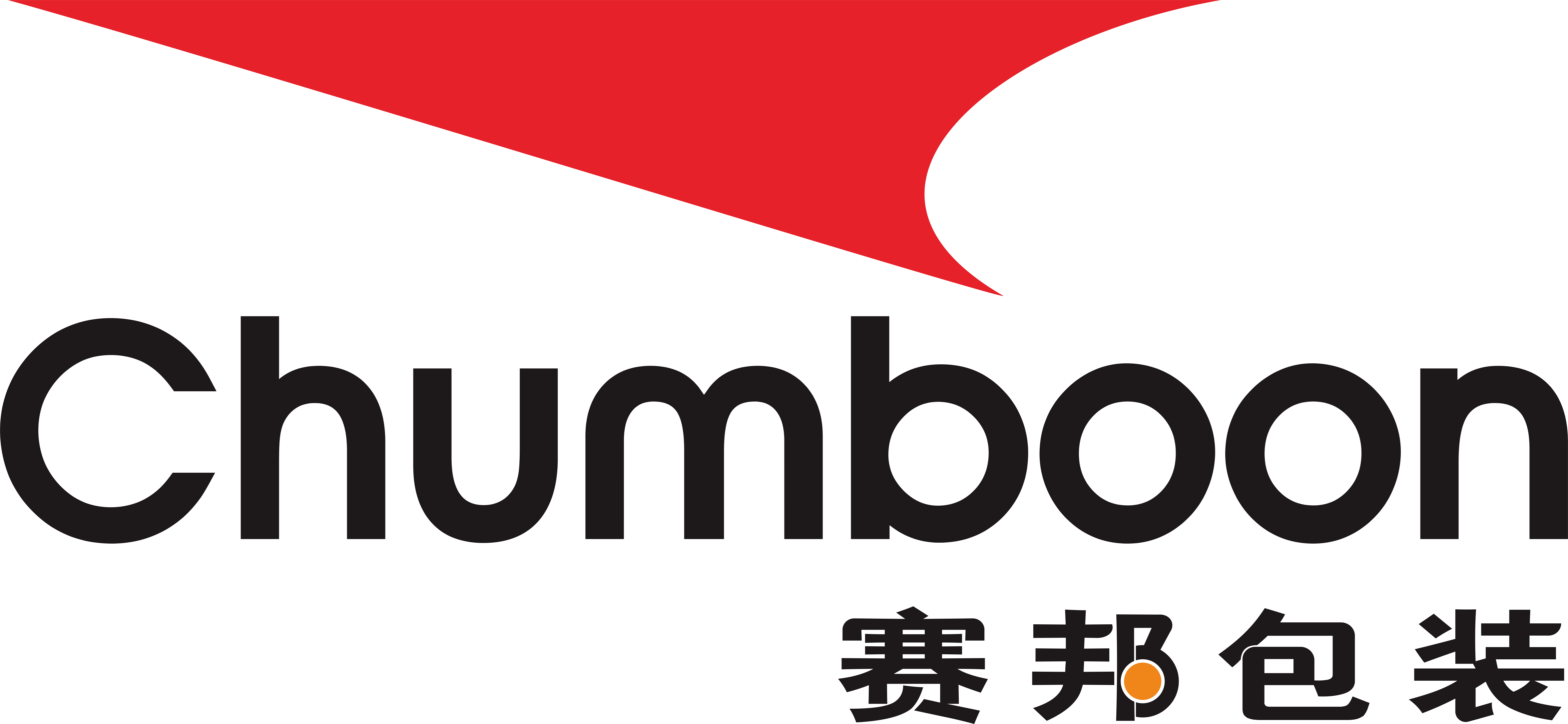In the field of metal material processing and application, welding technology is widely used in the connection of various metals, including steel, aluminum, copper and other metal materials. However, when we mention "tinplate sheet", many people may have doubts, can tinplate sheet be connected by welding?
This article will explore this issue from multiple angles, including the composition of tin plate sheet, the principle of welding, technical difficulties, and common welding methods.

What are the composition and characteristics of tinplate sheet?
Before discussing the welding problem, we first need to understand what tin plate sheet is. Tin plate sheet is actually a tin-plated thin steel sheet with a base material of low-carbon steel and a thin layer of tin on the surface. This material is widely used in many fields such as food and beverage packaging and electronic component housing, and has good corrosion resistance and easy formability.
Two-layer structure of tinplate sheet
Tinplate sheet is mainly composed of two parts: the bottom steel base material and the tin layer covering the surface. This layer of tin plays an anti-corrosion role, especially when exposed to air and moisture, the tin layer can prevent the oxidation of the steel base material. However, this two-layer structure also makes the processing of tin plate sheet complicated, especially when welding.
Physical and chemical properties of tinplate sheet
Tin plate sheet has good physical and mechanical properties, such as high strength and toughness, as well as good electrical and thermal conductivity. However, due to the tin coating on its surface, the melting point of this layer of tin is relatively low (about 232°C), while the melting point of the steel substrate is higher (about 1500°C). This difference in melting point poses a challenge to the welding process. In addition, the chemical properties of tin are relatively active and easily oxidized under high temperature conditions, which also increases the complexity of the welding process.

What are the basic principles of welding?
Welding is a process that connects metal materials by heating, pressurizing, or a combination of both. Depending on the welding method, it can generally be divided into three categories: fusion welding, pressure welding, and brazing. Among them, fusion welding is the process of connecting by heating the metal material to a molten state; pressure welding is the process of connecting by applying pressure while heating; brazing is the process of connecting by using low-melting-point materials when the parent material has not yet melted.
When welding tinplate sheet, considering the tin layer on its surface and the steel material on the bottom layer, the welding process faces the following technical problems:
Challenges brought by melting point differences
As mentioned above, the melting point of the tin layer is much lower than that of the steel. If the tinplate sheet is heated directly, the tin layer will melt before the steel substrate reaches the melting temperature, which will cause the tin layer to be lost and lose its anti-corrosion function. In addition, the molten tin may also affect the formation of the weld during the welding process, resulting in a decrease in the quality of the weld.
Tin oxidation problem
In the high temperature environment of welding, tin is very easy to oxidize and generate tin oxide, which not only reduces the strength of the welded joint, but also may hinder the heat conduction during the welding process and affect the quality of the weld.
Can tinplate sheet be welded?
Although welding is widely used in the field of steel processing, tinplate sheet needs to overcome some unique technical difficulties during welding due to its tin coating.
Welding temperature control
Since the melting point of tin is much lower than that of steel, the welding temperature must be precisely controlled when welding tin plate sheet. Too high a temperature will cause the tin layer to melt, affecting the material's anti-corrosion properties, while too low a temperature will prevent the steel from forming an effective weld. Therefore, how to achieve the connection of steel while maintaining the tin layer has become one of the key technical difficulties in welding tin plate sheets.
Preventing tin layer oxidation
The tin layer is easily oxidized at high temperatures, which not only affects the quality of the weld, but may also damage the welding equipment. Therefore, when welding tinplate sheets, how to effectively prevent the oxidation of tin is also a problem that must be solved. Usually, a shielding gas (such as argon or nitrogen) is required during welding to isolate the oxygen in the air, thereby reducing the oxidation of tin.
Selection of welding equipment
The welding of tin plate sheets has high requirements for equipment, especially the control of welding current and voltage. Due to the low melting point of tin, the heat input during welding must be strictly controlled. Excessive heat input will cause the tin layer to melt, while too little heat input will not achieve effective welding of steel. Therefore, specially designed welding equipment or improved existing equipment has become a necessary condition for welding tinplate sheets.

What are the common welding methods for tinplate sheets?
According to the material properties of tinplate sheet, several commonly used welding methods include resistance welding, laser welding and brazing. The following is an analysis of several common welding methods:
Resistance welding
Resistance welding is a method of welding by passing an electric current through a metal material to generate heat. Since resistance welding can control the heating process by the size of the current, it is very suitable for welding materials such as tin plate sheet that require precise temperature control. During the resistance welding process, the current generates heat through the contact surface of the tin plate sheet, and the tin layer will melt first, but due to the short welding time, the tin will not be lost over a large area, and then the steel substrate will form a weld under low heat input. The advantages of this method are fast welding speed, high weld quality, and less damage to the tin layer.
Laser welding
Laser welding is a high-precision, high-speed welding method that is particularly suitable for materials that require high-temperature local heating. Laser welding quickly heats the surface of the material through a focused laser beam to form a weld. For tinplate sheet, one advantage of laser welding is that it can accurately control the heat input to avoid large-area melting of the tin layer. However, laser welding equipment is expensive and has high technical requirements for operators, so its application is mainly concentrated in the field of high-end manufacturing.
Brazing
Brazing is a welding method that uses a low melting point filler metal to achieve a connection without melting the parent material. For tinplate sheet, brazing is a more suitable welding method because it uses a low temperature heating process, which can effectively avoid damage to the tin layer. Commonly used brazing materials include silver-based and copper-based brazing materials, which have a low melting point and can form a strong connection between the tin layer and the steel. However, the welding strength of brazing is relatively low, and it is mainly used in non-load-bearing structures or occasions that require high corrosion resistance.

